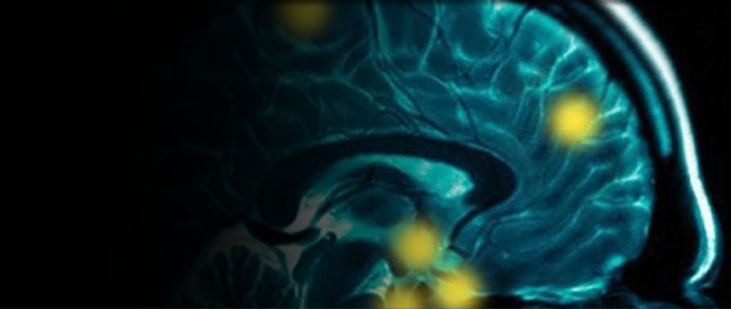By Alexandra M. Rodman, Erik K. Kastman, Hayley M. Dorfman, Arielle Baskin-Sommers, Kent A. Kiehl, Joseph P. Newman, and Joshua W. Buckholtz | Clinical Psychological Science | May 2, 2016
Abstract:
Antisociality is commonly conceptualized as a unitary construct, but there is considerable evidence for multidimensionality. In particular, two partially dissociable symptom clusters—psychopathy and externalizing—have divergent associations to clinical and forensic outcomes and are linked to unique patterns executive dysfunction. Here, we used fMRI in a sample of incarcerated offenders to map these dimensions of antisocial behavior to brain circuits underlying two aspects of inhibitory self-control: interference suppression and response inhibition. We found that psychopathy and externalizing are characterized by unique and task-selective patterns of dysfunction. Although higher levels of psychopathy predicted increased activity within a distributed frontoparietal network for interference suppression, externalizing did not predict brain activity during attentional control. By contrast, each dimension had opposite associations to frontoparietal activity during response inhibition. These findings provide neurobiological evidence supporting the fractionation of antisocial behavior and identify dissociable mechanisms through which different facets predispose dysfunction and impairment.



